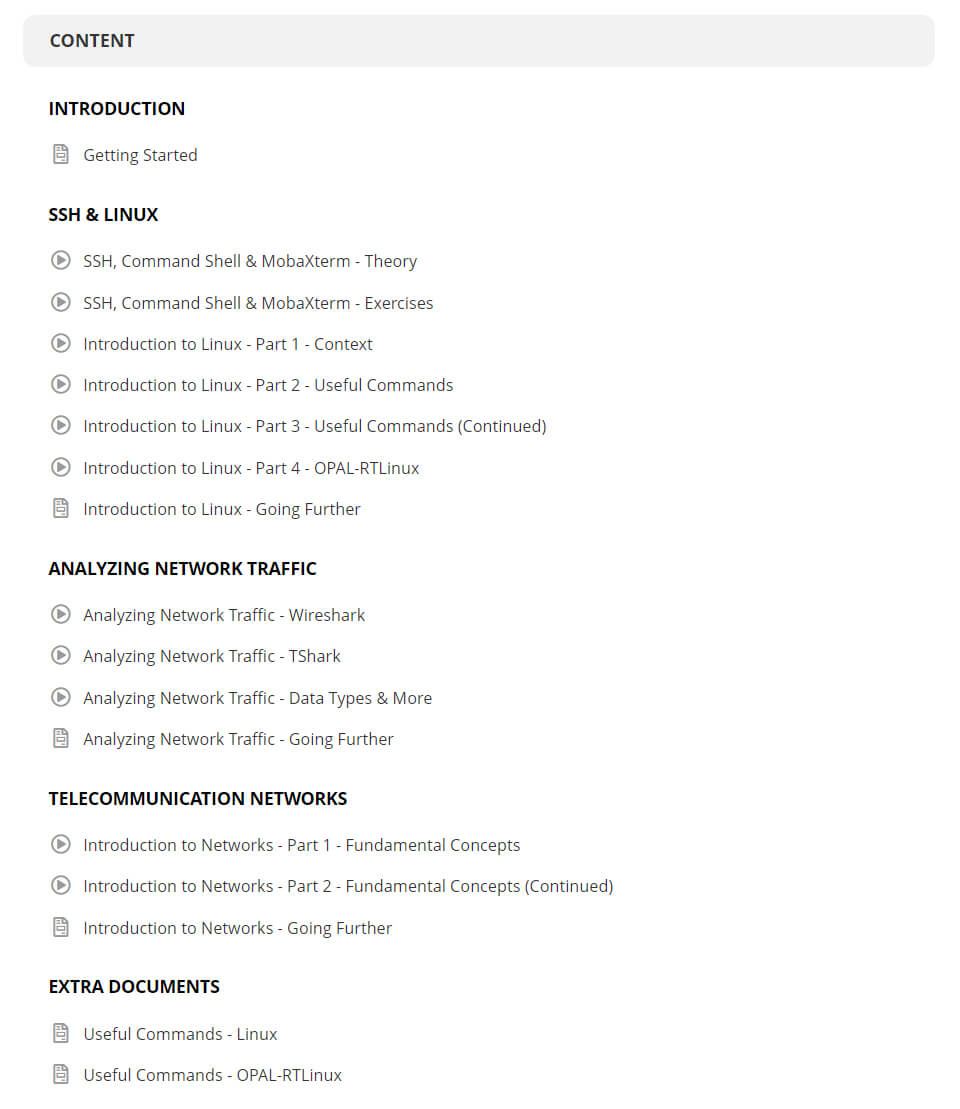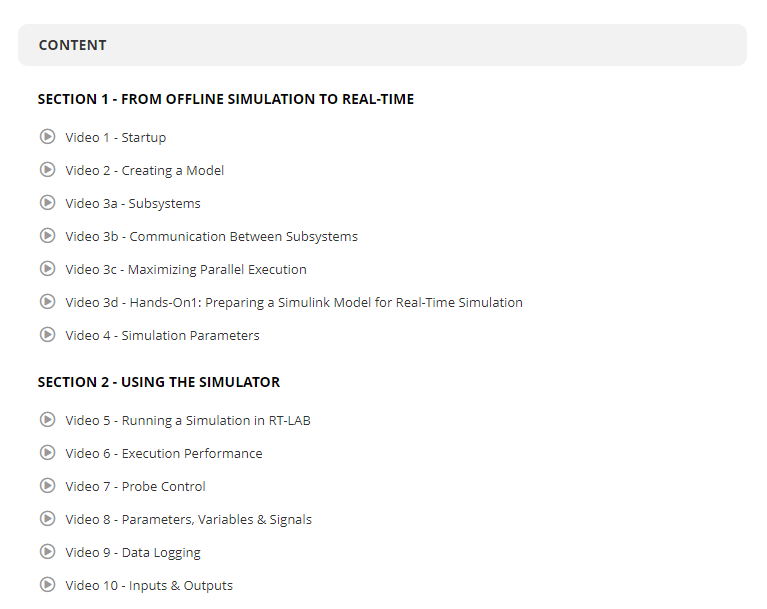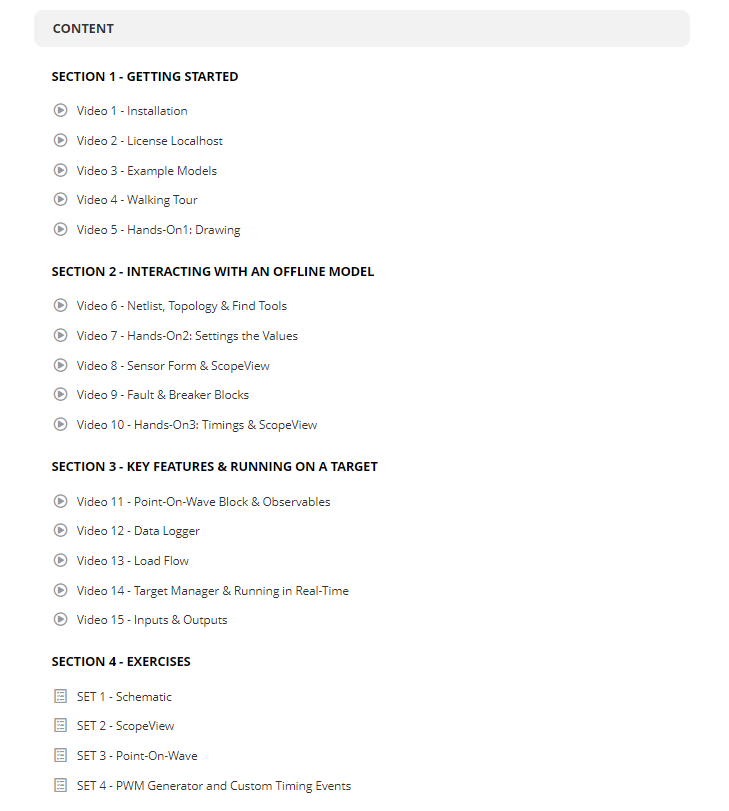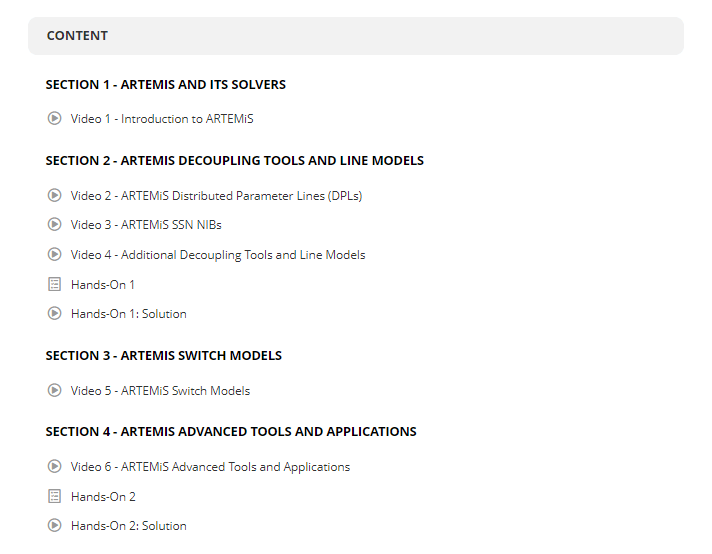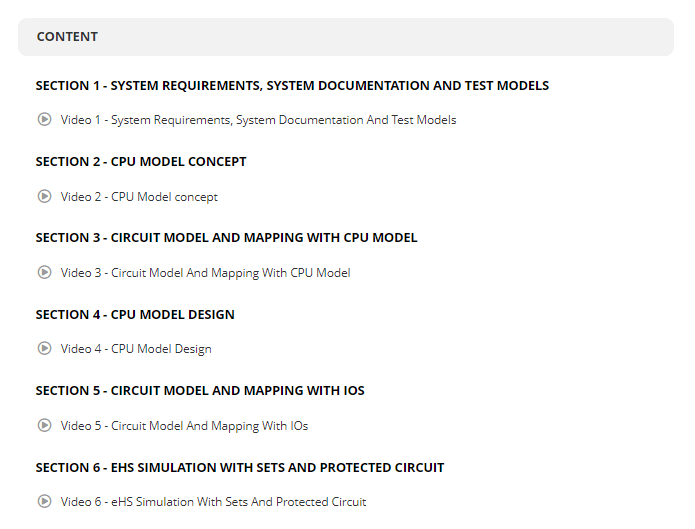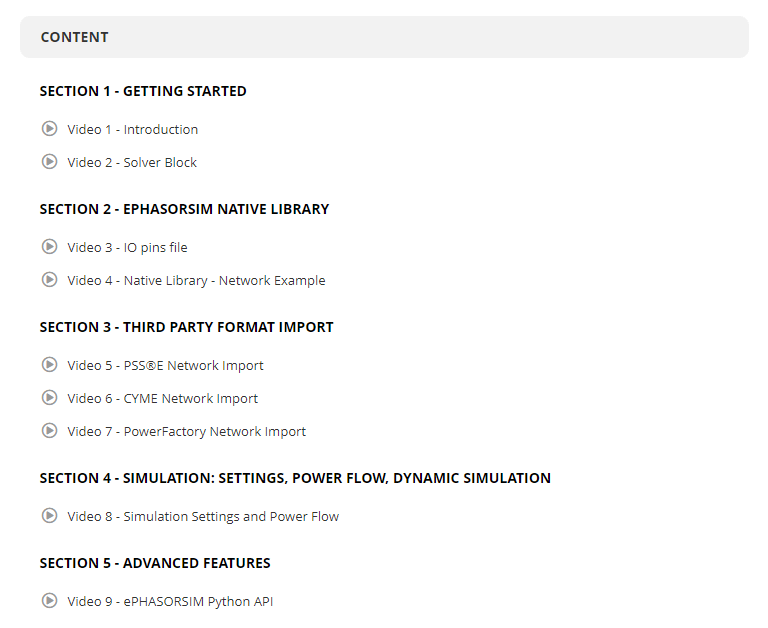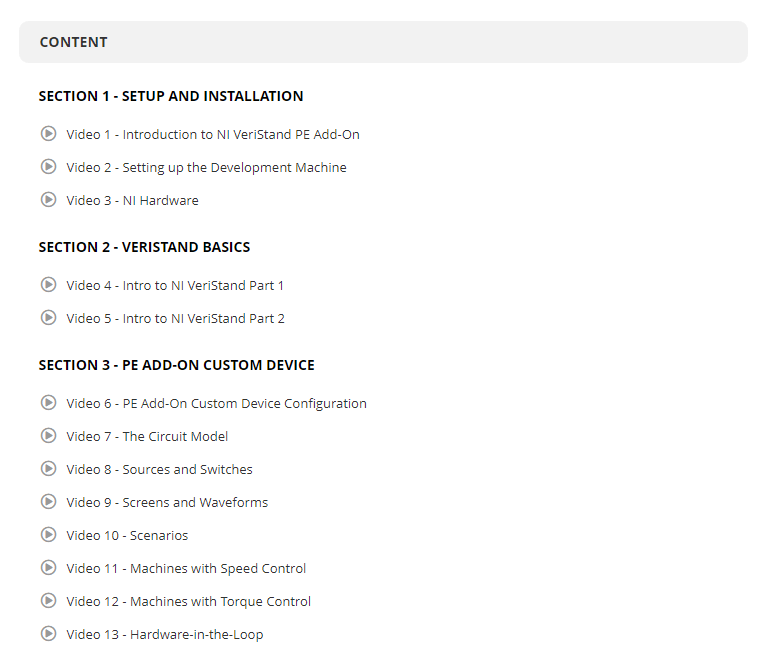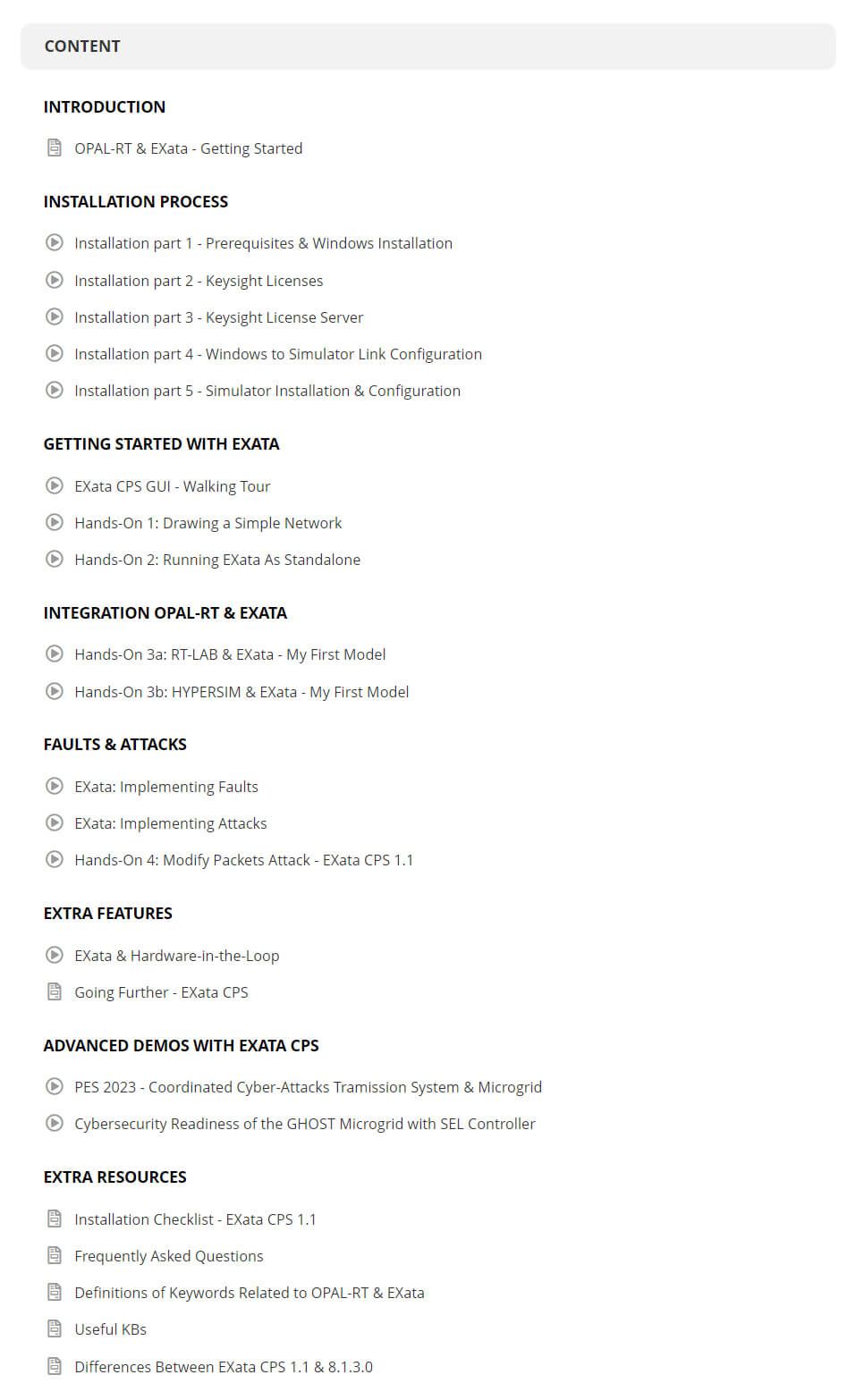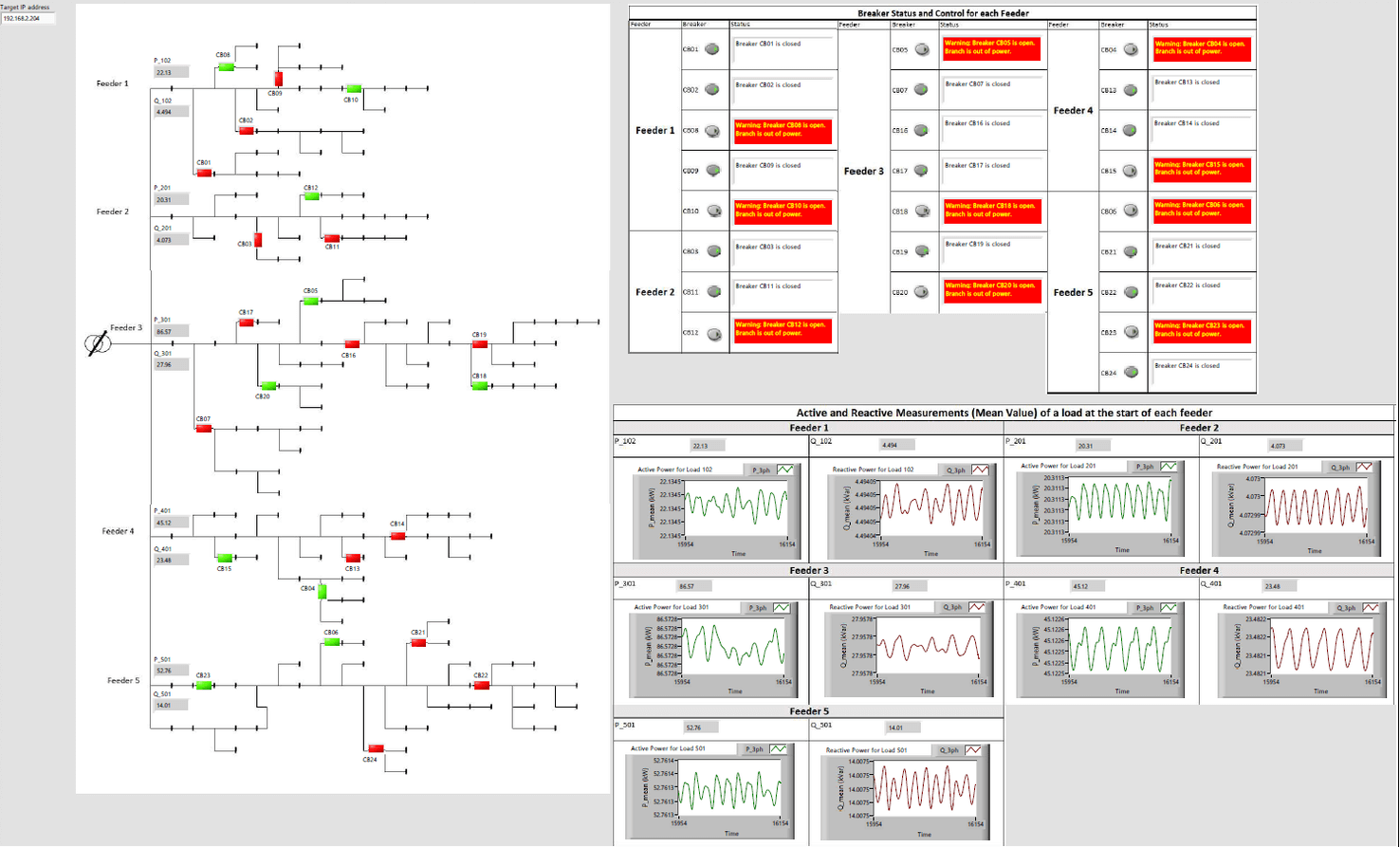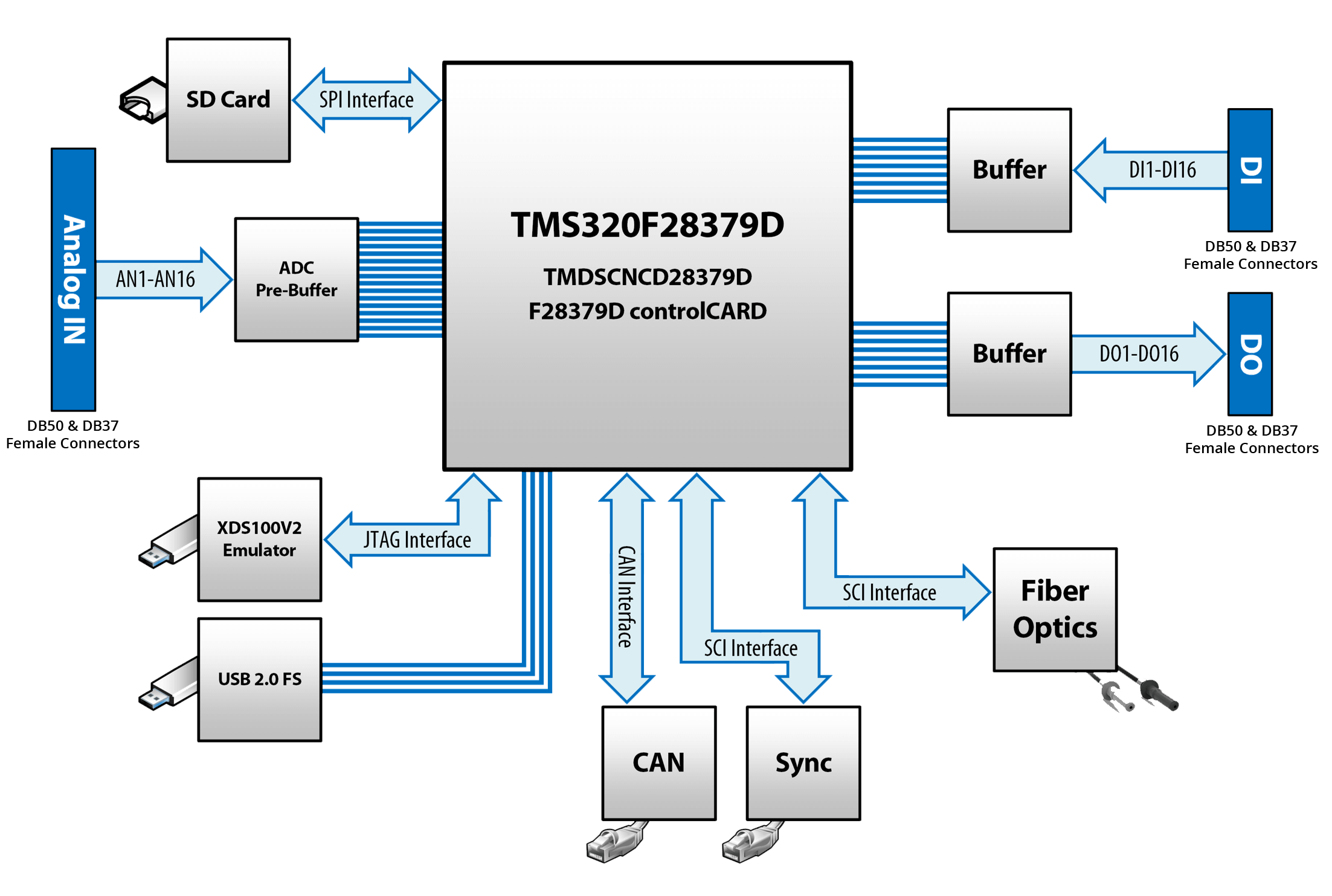Real-Time Simulation for Carbon Emissions Reduction
OPAL-RT believes in encouraging engineers and researchers with accessible, cutting-edge, real-time simulation technology to accelerate the availability of greater products and more reliable energy transmission. Offering unparalleled expertise to various industrial and academic projects, OPAL-RT continually contributes to the development of more environmentally-friendly power systems, motors, and networks.
We’re inviting university students & teachers to demonstrate their achievements in leveraging real-time simulation to combat climate change. Help us in our effort to shape a better future! Demonstrate how real-time simulation can facilitate the testing of models and devices aimed at reducing CO2 production.




